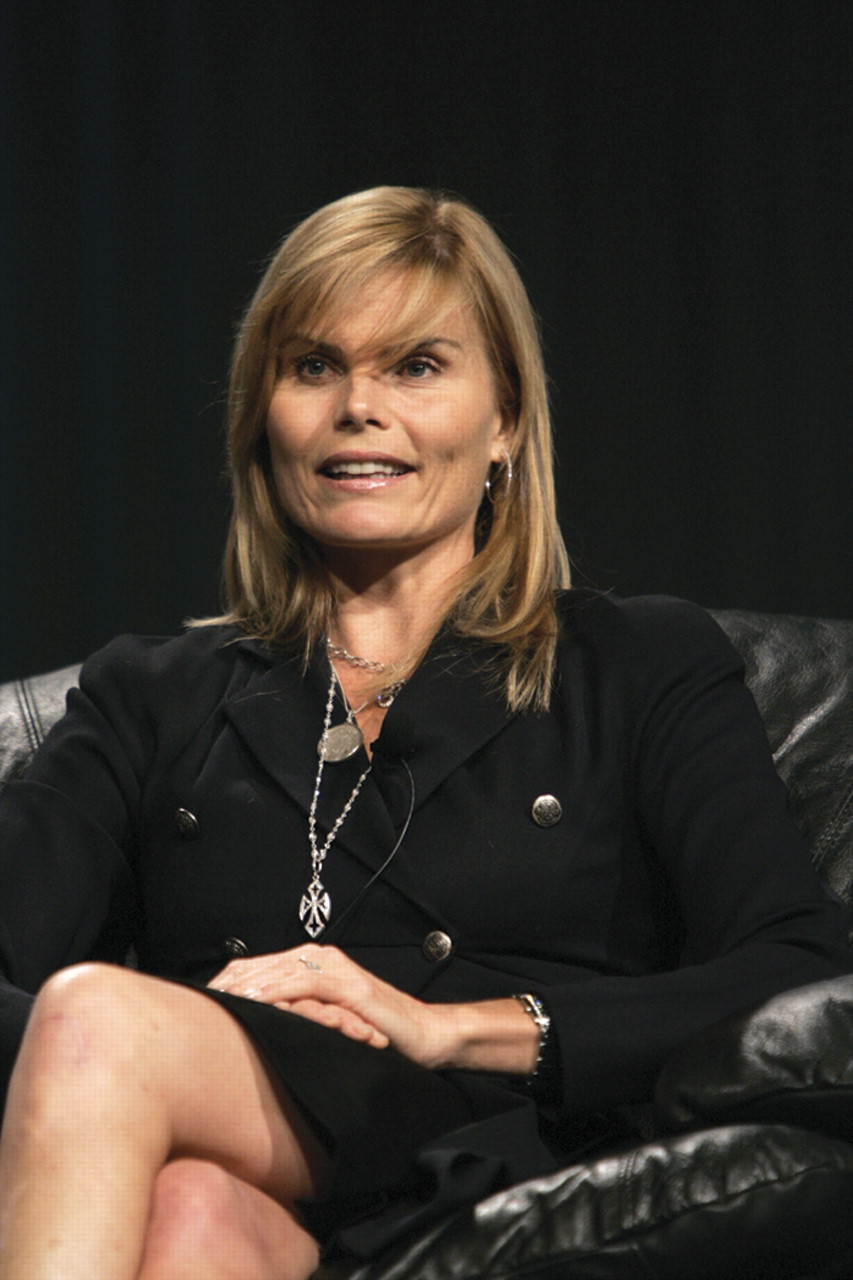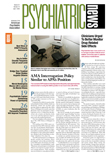Years after growing up in a family in which dysfunction and mental illness were “swept under the carpet,” actress and author Mariel Hemingway told APA annual meeting attendees that it is crucial to make suicide part of a national dialogue.
The topic of suicide is something with which Hemingway is all too familiar. Her grandfather, author and Nobel laureate Ernest Hemingway, committed suicide in July 1961 at age 61, four months before her birth. Ernest's grandfather, father, and great uncle also took their own lives.
Hemingway said she believes that her grandfather's alcoholism and suicidal tendencies were related to a fear of not being able to sustain the level of creativity and literary genius for which he had gained fame.
In 1996 suicide struck even closer to home for Hemingway when her 41-year-old sister, actress and model Margaux, died from an overdose of a sedative. At first the family was told that her death was accidental, but after a two-week investigation, officials ruled it a suicide.
“For years, I could not wrap my head around this,” Hemingway told APA past president Richard Harding, M.D. “I did not want to accept that this was the case.”
Hemingway sat down with Harding to discuss her upbringing and career as an actress and author for the fifth annual Conversations event of the American Psychiatric Foundation in May at APA's 2006 annual meeting in Toronto. Each year Astrazeneca provides an educational grant to support the event.
It was only a few years later while attending a suicide-prevention function that Hemingway was able to admit—to herself and others—that her sister had committed suicide. “I realized there was no shame in it—it didn't make me bad, and it didn't make my family bad.... I think it's very important to talk about suicide, and know that it's not your fault if you are a survivor.”
Hemingway grew up in a small town in Idaho as the youngest of three sisters in a somewhat chaotic environment. “My parents were alcoholics,” she said. “There was a lot of pain, a lot of yelling and screaming.”
In addition, one of her older sisters, Muffet, experienced frequent bouts with psychosis and was in and out of psychiatric institutions when Hemingway was growing up.
Due to her father's strained relationship with his father, there was little mention of the famed writer in the household.
Hemingway noticed that something was different about her family when she realized that her elementary school carried the family name and the teachers and children treated her differently.
“When I handed in a kid's paper that was just kind of average, they looked at me as if to say, `Oh, that's too bad,'” Hemingway said with a laugh.
Her sister Margaux left Idaho for New york City as a teenager for a screen test and “literally became an overnight success,” Hemingway said.
Margaux helped her younger sister embark on a film career as well. In 1976 She debuted in the film “Lipstick,” alongside her sister, and three years later Mariel was nominated for an Academy Award for her role as Woody Allen's teenage lover in the movie “Manhattan.”
Hemingway said she moved to New york City during the filming of the movie“ to free myself of this somewhat difficult family I was in.”
In the meantime, her sister's life was beginning to become increasingly complicated. Symptoms of mental illness became more pronounced as time went on, and she experienced psychotic symptoms in the months before she took her life, Hemingway noted.
Hemingway's life took a different direction. “Everything I did was to create better health for myself,” she acknowledged. “I come from addiction and was clearly addicted to health and wellness.”
Though her obsession with health bordered on the unhealthy—she admitted to having an eating disorder at one point in her life—she has now found the balance she's long searched for, Hemingway said.
About 20 years ago, she began practicing yoga and meditation. In what is a cross between a memoir and a guide to yoga and meditation, Finding My Balance, Hemingway described the benefits she has derived from the practice of yoga. She has written another book about tools for wellness, which will be published next year.
“I am a big believer in the fact that if my grandfather were to do it all over again, he would be healthy,” she said. ▪

